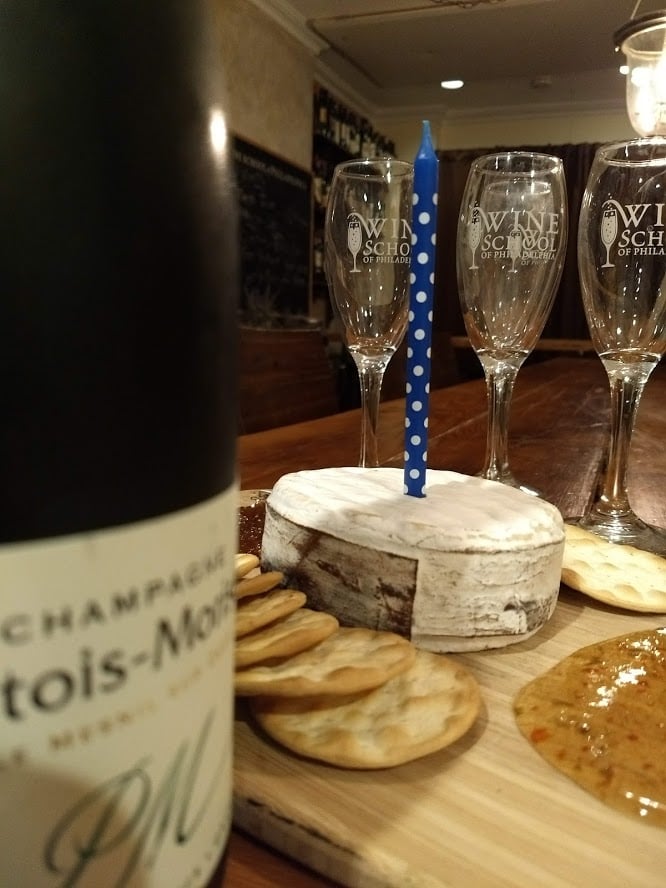
A brief overview of Champagne!
Champagne is one of those wines that every person, in every part of the world has heard about. It is the French sparkling wine that has the world in awe. Isn’t it funny though, that this sparkling wine was technically founded by the British and not by the French?
A Brief History of Champers
The first vines of Champagne were initially planted by the Romans in 57BC. For a long time, wines from the region were seen as lesser quality than the rest of France. The quality, however, got progressively better over the following century as Champagne was constantly trying to upstage Burgundy and surpass their quality. This rivalry between the regions intensified to a point where civil war seemed inevitable.
The great feud, however, finally came to an end with the discovery of sparkling wine and the region’s dedication to producing this new, innovative style of wine.
Popular to contrary belief, the discovery of sparkling wines was not intentional. Sparkling wine was created after a shipment of wine from Champagne reached England and it had refermented inside the barrel. Since the Carbon Dioxide had nowhere to go, it was trapped inside and thus, sparkling wine was born.
Although there were very mixed feelings at first about this sparkling wine, the consumers who enjoyed the bubbles bought copious amounts of the wine and thus, pushing Champagne into producing more of this style.
With time and a lot of refinement over the years, wine producers were able to better quality wine and packaging solutions for these complex wines.

A Champagne Wine Tasting Class
All Champagne is Bubbly (But Not All Bubbles Are)
The first thing to note about authentic Champagne wine is that it has to come from the region of Champagne in France. The rules regarding the production of Champagne are extremely strict and specific – but it’s what you expect from one of the world’s most prestigious wine producers.
Many places in the world, and even regions in France, create sparkling wines in exactly the same way. Those wine’s can’t be called Champagne.
During production, only the traditional sparkling method is allowed to be used. This method is considered the best method for high-quality wines. The method means that the second fermentation of the wine occurs inside the bottle, trapping all the natural Carbon dioxide bubbles in the wine. Most people (including many sommeliers) think Chardonnay, Pinot Noir, and Pinot Meunier are the only grapes allowed. That is incorrect. The obscure varietals Arbane, Petit Meslier are allowed, as are Pinot Blanc and Pinot Gris.
This production method is also extremely labor-intensive as each bottle of wine has to go through a process of riddling, disgorgement and topping up. These processes including turning each bottle upside down over a period of days or weeks to allow the dead yeast cells to settle in the neck of the bottle. Thereafter, the bottle-neck is frozen and these yeast cells are shot out, and the wine is topped up with more wine and a bit of sugar.

A Champagne and Cheese Pairing
Different styles of champagne
Champagne comes in a few different styles that allow some diversity.
- Blanc de Blanc (white from white) refers to white grapes used for this white wine. In this case, it can only be Chardonnay.
- Blanc de Noir (black from white) means that they have used red grapes to produce these whites. In Champagne, this can be either Pinot Noir or Pinot Meunier but is often a blend of the two. It’s important to note that only the skin of a grape is red – so white wines can be produced just by preventing the juice to come into contact with the skins.
- Rosés are the product of blending these whites and reds together before the wine is bottled.
The accidental production of Champagne was probably one of the greatest things to could happen to the world’s wine industry. With great complexity and uniqueness, Champagne will forever be the drink of celebration. If you want more, check out our wine tasting class on the subject: https://www.vinology.com/class/champagne/
The post The Story of Champagne appeared first on Wine School of Philadelphia.
source https://www.vinology.com/the-story-of-champagne/
No comments:
Post a Comment